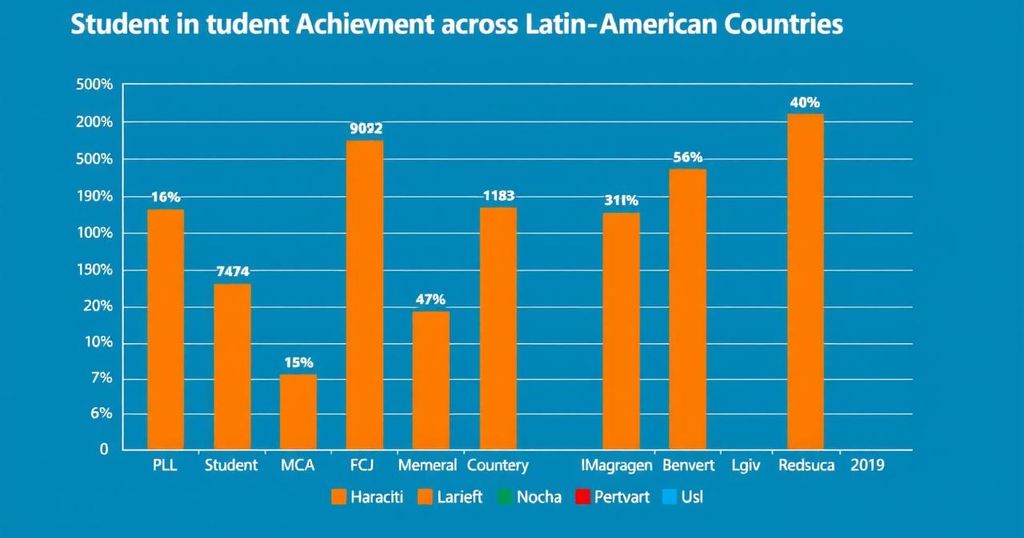New Report Highlights Stark Education Inequalities in Brazil and Peru

- Brazil and Peru rank highest for educational inequality in Latin America.
- Socioeconomic status and gender strongly influence student outcomes in education.
- In reading comprehension, significant gaps exist between affluent and low-income students.
- Brazil faced the highest inequality in math proficiency across the region.
- Girls from lower-income backgrounds struggle more in math than their male peers.
Brazil and Peru at the Top of Education Inequality
A newly released report sheds light on the alarming disparities in student outcomes across Latin America, centering on Brazil and Peru as being the most unequal. The findings were composed by the School of Education at Universidad Austral, a respected private university in Argentina, utilizing data from the 2022 PISA exams conducted by the OECD. This comprehensive study examined student achievement in seven countries: Argentina, Brazil, Chile, Colombia, Mexico, Peru, and Uruguay, revealing a striking connection between socioeconomic status, gender, and educational performance.
Major Gaps in Reading and Math Proficiency
Essentially, the report zeroed in on how well 15-year-olds performed in reading and math proficiency across the diverse socioeconomic spectrum. Evaluating the gap between the bottom and top quintiles of students, the discrepancies were stark. In terms of reading comprehension, Brazil, Peru, and Colombia showcased the most significant disparities; it found that for every three affluent students who grasp reading content, a mere one from a low-income background achieves the same understanding. Meanwhile, Chile was noted for having the least inequality in reading performance.
Addressing the Education Crisis
Furthermore, in math specifically, Brazil emerged as the poster child for educational disparity—only one in five low-income students met the minimum standards versus their wealthier counterparts. Following Brazil, Peru and Argentina also ranked high in inequality. Interestingly, while low-income boys generally outperformed low-income girls in math, the situation flips for wealthier students, where girls often surpass boys—notably with exceptions in Mexico and Peru. The report argues for urgent reform, including targeted literacy programs and a gender-sensitive approach to education.
The recent report highlights a grim reality of education inequality in Latin America, particularly emphasizing Brazil and Peru as prominent examples. The disparities, fueled by socioeconomic background and gender, suggest a pressing need for intervention to ensure that all students receive a fair chance to succeed. As the authors advocate, focused policies and programs are essential to bridge this troubling gap in student outcomes.








